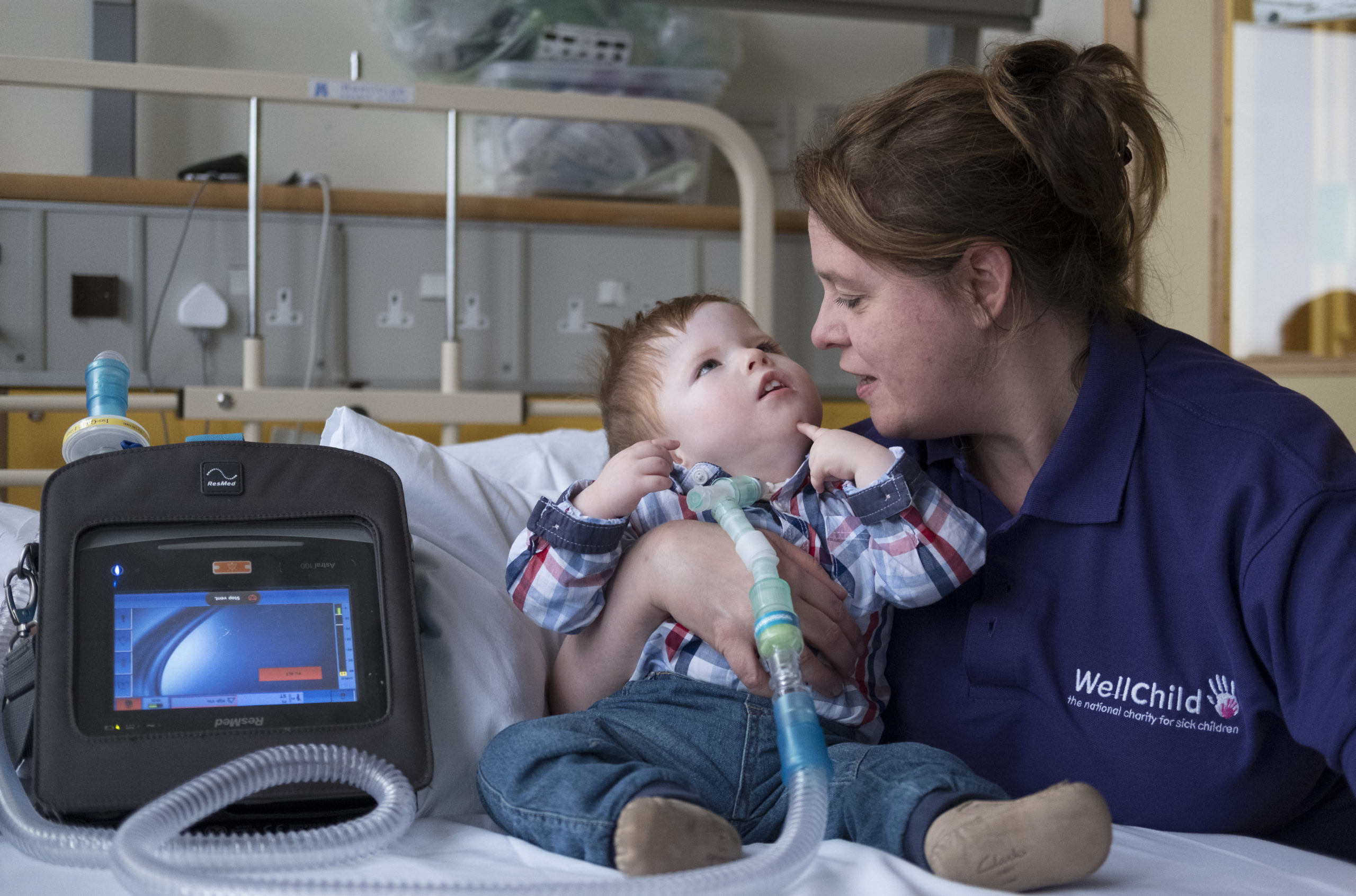An exploratory study of children with long-term ventilation care packages and their family narratives using a salutogenic-based approach
Doctoral thesis by David Widdas

Sponsored by WellChild
Full document available on the Coventry University website here >>
Abstract
The number of children and young people receiving long term ventilation (LTV) care in the United Kingdom in their home settings has grown significantly (Wallis, Paton et al 2010:999). Due to the complexity, intensity and risk involved in this type of home care, many children and young people who are in receipt of LTV, receive nursing care support at home. Despite the significant cost of these care packages, several authors have noted the low levels of satisfaction of families receiving such packages (Dybwik et al 2011, Fine-Goulden et al 2015, Kirk et al. 2004). Conversely, little is known about what children, young people and their families find works for them in terms of coping with the complexities and care burden that LTV brings into the context of their daily lives. This novel study sought to fill this significant gap in the current research base, through innovative adaptation and application of Antonovsky’s (1987) Salutogenic theory. Antonovsky’s three concepts of Comprehensibility, Manageability and Meaningfulness (Antonovsky 1987) were adapted and used, along with arts-based methods to study children and young people’s LTV care.
Firstly, data was collected by eight families completing a daily diary, scrapbook and memento box for one month, considering questions based around each of Antonovsky’s three concepts. Secondly, families were then interviewed at home focusing on the approach. Following on, a new and novel method of participatory play-based scenarios was developed and used for the first time in this study to gain the views of 26 participating children aged four to ten. Analysis was then undertaken utilising two different types of content analysis known as explorative and theory-based content analysis (Hsieh and Shannon 2005). This approach allowed flexibility and depth in the analysis process.
This study identified three important themes. The first adapted from meaningfulness (Antonovsky 1987) was described as “the next big leap” and highlighted that for both the children and their families, meaningful personal or family aims were significant motivators for them to take on, and live with the issues, complexities, skills and care requirements impacted by a child with LTV needs. The second theme adapted from Comprehensibility (Antonovsky1987) was discussed as “a life of learning and adaption”. High level findings identified significant daily life and knowledge changes for the children and their families. As the child developed, further complex adaption was required. The third theme was adapted from Manageability (Antonovsky 1987) and was discussed as “working together to make life and LTV manageable”. It highlighted the need for consistent and flexible care, by staff who knew the child, young person and family well. Conversely, the professional support the children and their families experienced was planned around problems, had little or no teaching or case management support and varied greatly. The care and was frequently inflexible in terms of delivery of care.
It was the novel approaches adopted within this study, that helped produce new and important findings around what works for children and families in home-based LTV care. Importantly, this study also identified the differences between what children and their families want, and professionals aspire to provide. In a context of ongoing, unprecedented growth of LTV, and wide spread dissatisfaction with home care provision, both nationally and internationally, this study makes an important contribution.




